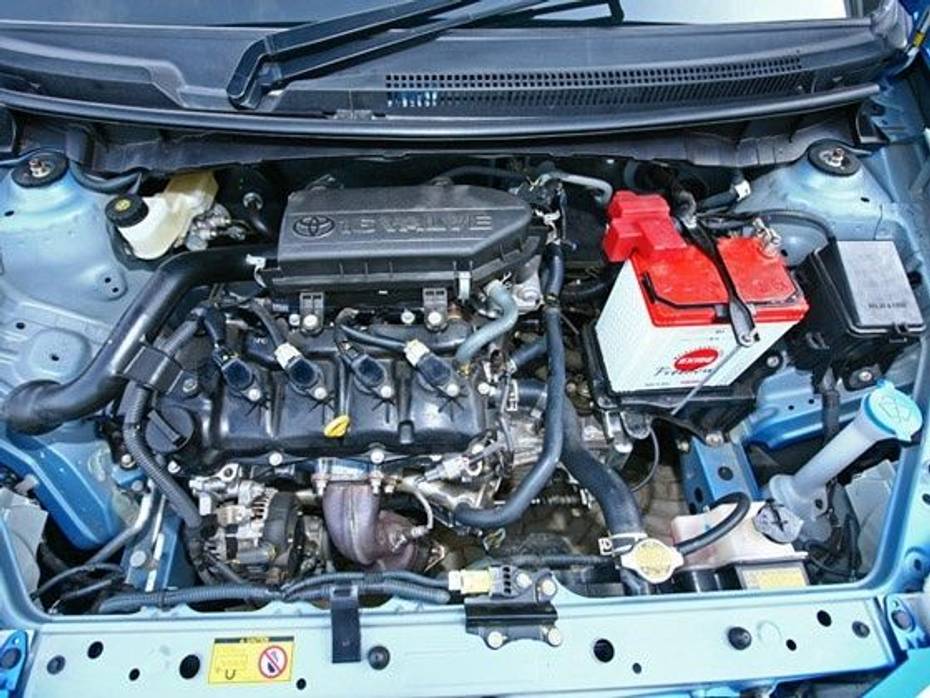
Mahindra BE 6 Launched: Price For The Top-spec Variant Is Out!
- Jan 7, 2025
- Views : 5334


While supercars and hypercars may or may not use a different layout suited to the car in terms of adequate weight distribution, a transverse layout is the most commonly used. The main reason behind this is the ease to produce cars in huge numbers. In this layout, the engine is placed perpendicular to the axis of the car and placed at the front. This also means that the load of the engine is taken by the axle, bringing down the production cost of the vehicle. In most Indian makes, the car uses a FF layout with the drive and the engine, both being in the front of the car.
The distance between the engine and other mechanical parts like the transmission and drive also become minimal, thereby reducing costs to a large extent. However, SUVs and MPVs may use a different format like a transverse engine put in the front and the drive at the rear or all four wheels.
The downside of this layout is that the maximum weight of the car comes in the front which disrupts the weight distribution. However, for a small capacity engine, this weight distribution is does not level out to a large extent. In high capacity vehicles, counterweights and mechanical parts are put in the centre or the rear of the car to make a near about even weight distribution. Whether a V engine or an inline engine, both go with this layout.

Mahindra BE 6 Launched: Price For The Top-spec Variant Is Out!

JSW MG Motor India Revealed Their New SUV, The MG Majestor At Auto...

Auto Expo 2025: Tata Sierra ICE Concept Breaks Cover, All Details...

VinFast VF3 vs MG Comet EV: A Detailed Comparison Of The Two Cute And...

Budget 2025: More Fuel For Your Auto Dreams?

Here’s A List Of All Cars That Will Be Coming To The Auto Expo...

2025 Tata Nexon Introduced With 3 New Variants And 2 New Colours

The Story Of Tata Sierra: An Icon India Missed And Now Eagerly Awaits

Tata Reveals Sierra ICE Concept For The First Time At Bharat Mobility...
India's largest automotive community
 Kia Syros
Rs. 8.99 Lakh
Kia Syros
Rs. 8.99 Lakh
 Vayve Mobility Eva
Rs. 3.25 Lakh
Vayve Mobility Eva
Rs. 3.25 Lakh
 BMW X3
Rs. 75.80 Lakh
BMW X3
Rs. 75.80 Lakh
 Hyundai Creta Electric
Rs. 17.99 Lakh
Hyundai Creta Electric
Rs. 17.99 Lakh
 Lotus Emira
Rs. 3.22 Crore
Lotus Emira
Rs. 3.22 Crore